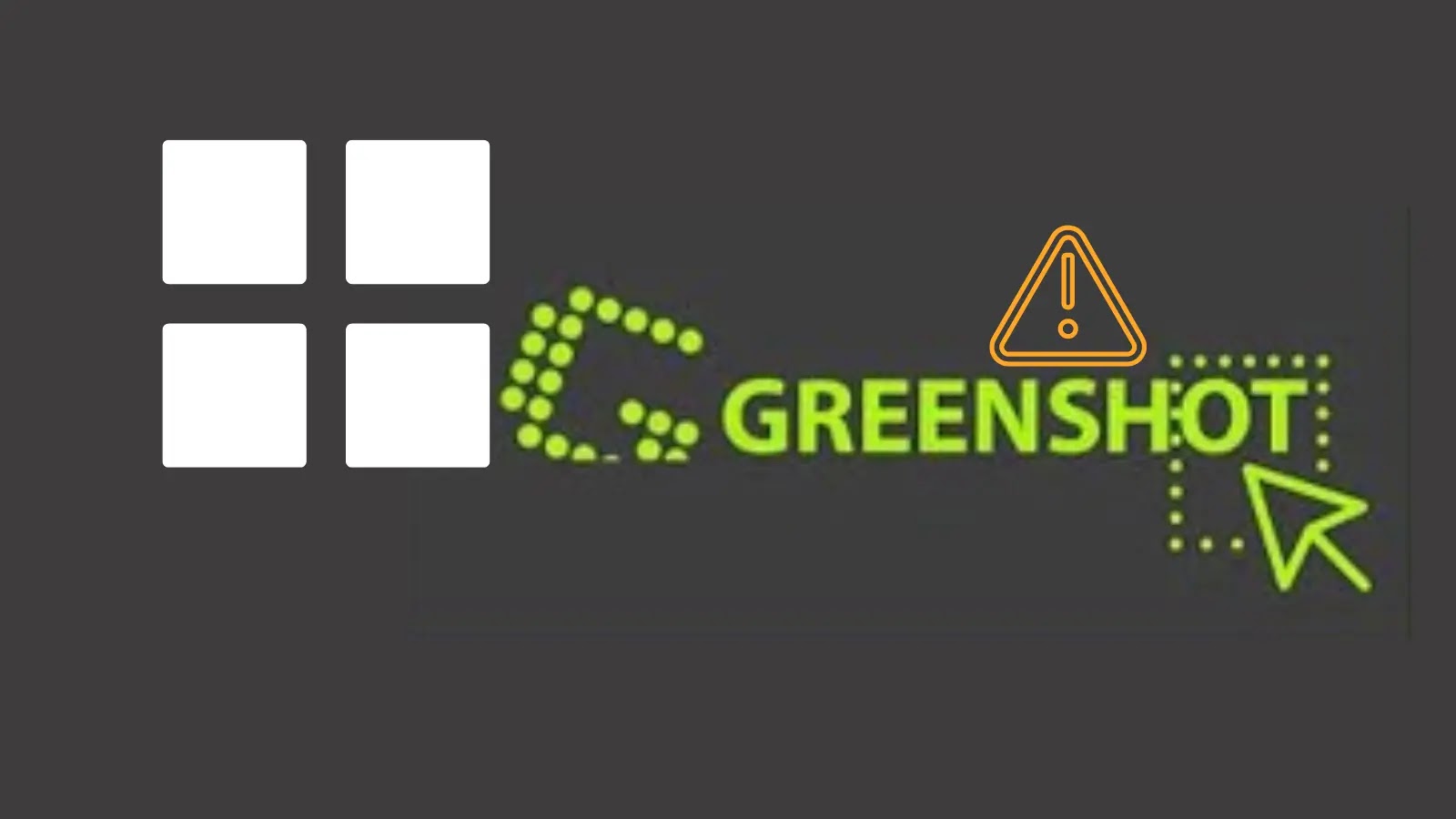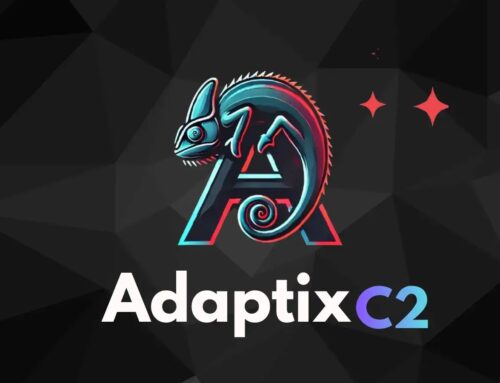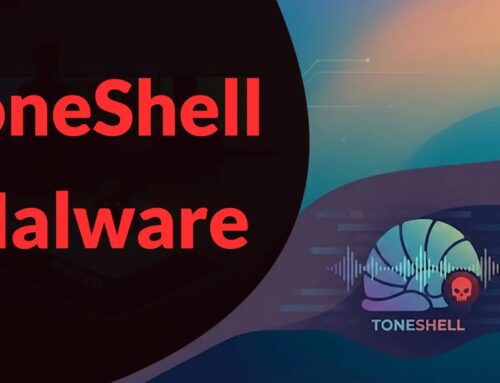
Windows Screenshot Utility Greenshot Vulnerability Enable Malicious code execution – PoC Released
A Critical Flaw in Greenshot: Unpacking the Local Code Execution Vulnerability
A widely used, open-source screenshot utility for Windows, Greenshot, has been identified with a significant security vulnerability. This flaw, which has a proof-of-concept (PoC) exploit publicly available, allows a local attacker to execute arbitrary code within the Greenshot process. The implications of such a vulnerability are substantial, potentially enabling attackers to bypass existing security measures and further compromise affected systems.
Understanding the Greenshot Vulnerability
The core of this issue lies in Greenshot’s susceptibility to local code execution. A local attacker, meaning someone who already has some level of access to the system, could exploit this weakness to run malicious code effectively within the context of the Greenshot application. This scenario is particularly concerning because legitimate applications often have more elevated permissions or are trusted by security software, making them ideal conduits for malicious activities.
The release of a PoC exploit underscores the severity and practicality of this vulnerability. A PoC demonstrates that the exploit is not merely theoretical but can be successfully executed, providing a blueprint for potential malicious actors. While the specific details of the exploit mechanism are not fully enumerated in the initial report, the outcome—arbitrary code execution—is enough to warrant immediate attention from users and IT professionals.
Potential Impact and Risks
The ability for arbitrary code execution within the Greenshot process opens the door to a range of malicious activities. An attacker could leverage this vulnerability to:
- Elevate their privileges on the compromised system.
- Bypass antivirus and other endpoint security solutions that trust Greenshot.
- Install additional malware, such as ransomware, keyloggers, or backdoors.
- Access sensitive data stored on the system.
- Establish persistence on the infected machine.
For organizations, this could translate into data breaches, system downtime, intellectual property theft, and significant reputational damage. Individual users are equally at risk of personal data compromise and system corruption.
Remediation Actions and Mitigations
Addressing this Greenshot vulnerability requires immediate action. Users and administrators should prioritize the following steps:
- Update Greenshot Immediately: The most crucial step is to update Greenshot to the latest patched version as soon as it becomes available. Developers typically release security updates promptly following the discovery of significant vulnerabilities. Refer to the official Greenshot website for update announcements and downloads.
- Monitor for Official Announcements: Stay vigilant for official security advisories from the Greenshot development team regarding this vulnerability. These advisories will often include specific CVE numbers, detailed descriptions of the fix, and recommended actions.
- Implement Least Privilege: Ensure that users operate with the principle of least privilege. This means granting users only the minimum necessary permissions to perform their job functions, which can limit the impact of successful exploits.
- Endpoint Detection and Response (EDR): Deploy and maintain robust EDR solutions. These tools can help detect suspicious activities that might indicate an exploit attempt, even if the initial vulnerability is not yet patched.
- Regular Security Audits: Conduct regular security audits and vulnerability assessments to proactively identify and address weaknesses in your systems and software.
Frequently Asked Questions (FAQ)
What is the CVE ID for this vulnerability?
At the time of writing, the specific CVE ID for this Greenshot vulnerability has not been publicly assigned in the provided source. Users should monitor official Greenshot channels and cybersecurity news outlets for updates regarding the CVE database for official assignment.
Is Greenshot still safe to use?
If you are running an unpatched version of Greenshot, it carries a risk. It is imperative to update to the latest secure version once available or consider temporary alternatives until a patch is applied.
How can I check my Greenshot version?
Typically, you can find the Greenshot version by right-clicking its icon in the system tray, navigating to “About Greenshot,” or checking the installed programs list in Windows settings.
Tools for Detection and Mitigation
| Tool Name | Purpose | Link |
|---|---|---|
| Endpoint Detection and Response (EDR) Solutions | Detect and respond to post-exploitation activities, including suspicious process execution. | (Vendor-specific) |
| Vulnerability Scanners (e.g., Nessus, OpenVAS) | Identify outdated software versions and known vulnerabilities on systems. | Tenable Nessus |
| Application Whitelisting Solutions | Prevent unauthorized executables from running on a system, even if code execution is achieved. | (Vendor-specific) |
Conclusion
The discovery of a local code execution vulnerability in Greenshot serves as a stark reminder of the continuous challenges in software security. With a PoC now available, the urgency for users to address this issue is heightened. Promptly applying patches, adhering to security best practices, and maintaining a proactive security posture are essential steps to protect against such threats. Remain informed by official sources and prioritize system updates to maintain a secure computing environment.





